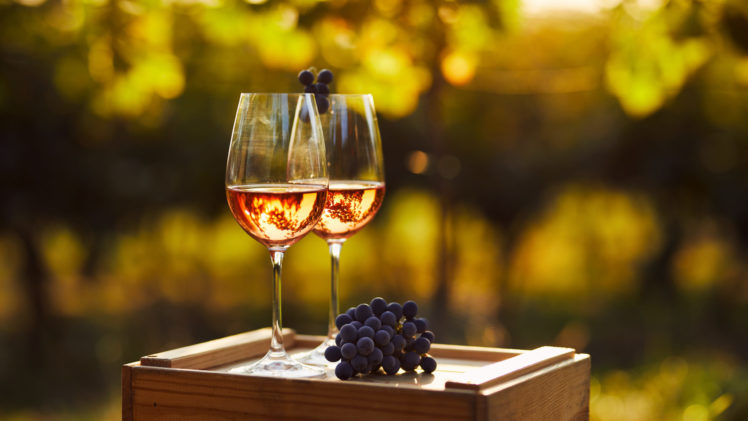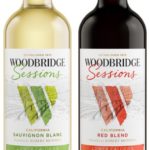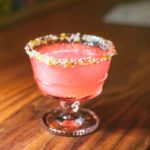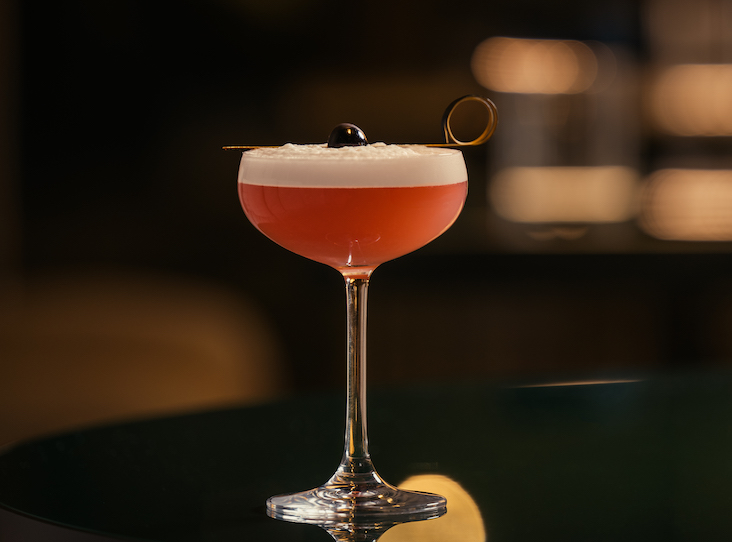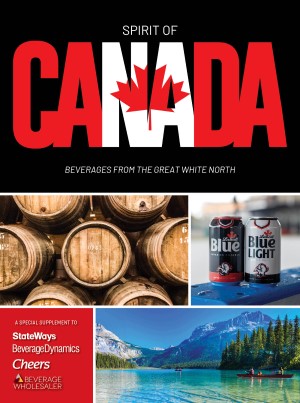Rosé can be a bit of a mystery. Labels rarely offer much information about how the style is made. Books and classes explain that pink wines come from red wine grapes as a rule, and give the impression that a brief period of “skin contact” is the controlling variable.
There is some truth to this, of course. Since color and flavor compounds concentrate in the skins of wine grapes — not in their pale, juicy flesh — the period of time these grape components spend together after the fruit is crushed does determine the intensity of color and flavor in the final wine.
But other variables can be more relevant to quality and style, but are rarely discussed. For instance: whether the grapes were grown specifically for rosé, or whether the period of skin contact takes place before or during fermentation. There are also some pink wines where a pink color is achieved by simply blending white and red wines, rather than by skin contact.
Such wines are sometimes referred to as “intentional rosés,” because this method requires fruit harvested specifically for making rosé, usually early in the ripening process to maximize acidity and minimize alcohol content.
The palest of these rosés — sometimes called “vin gris” or “direct press” rosés — rely only on the color imparted when fruit is pressed, and do not see any maceration at all.
Brief Skin Contact During Fermentation
Most of the world’s affordable rosé wines are made differently, as a byproduct of the red winemaking process.
Known as the “saignée” method, this technique involves proceeding as for making a red wine, by ripening grapes longer and allowing fermentation to begin after the grapes are crushed.
But once sufficient color extraction has taken place to make the desired rosé — which could be anywhere from six to 48 hours — a portion of the tinted juice is “bled” off from the fermenter into a separate tank. From there, the pink juice completes fermentation on its own, as if it were an unoaked white wine.
This method is popular and economical, because it has the side benefit of concentrating the remaining red wine. But such “unintentional” rosés can lack balance and refreshment, since the grapes are grown to red wine specs, not pink.
Blend Red and White After Fermentation
Blending white and red to get pink is not the norm for still rosé wines, but is the primary way sparkling rosés are made. This is because the second fermentation needed for adding bubbles will also strip color from the base wine, leaving an unsatisfying brassy color if you try starting from a still rosé.
Instead, sparkling winemakers have perfected the practice of making tiny amounts of a pale red wine designed specifically for tinting their bubblies at the dosage stage.
Blending white and red wine to make still rosé is forbidden in Europe, and rarely practiced elsewhere, because some red wine components, like tannins, do not marry well with the crisp, juicy flavors that wine drinkers prize in more delicate rosé wines.
Marnie Old is one of the country’s leading wine educators. Formerly the director of wine studies for Manhattan’s French Culinary Institute, she is best known for her visually engaging books published by DK, such as Wine: A Tasting Course. Marnie currently serves as director of vinlightenment for Boisset Collection. Read her recent piece, How to Pair Wine with Spicy Foods.

